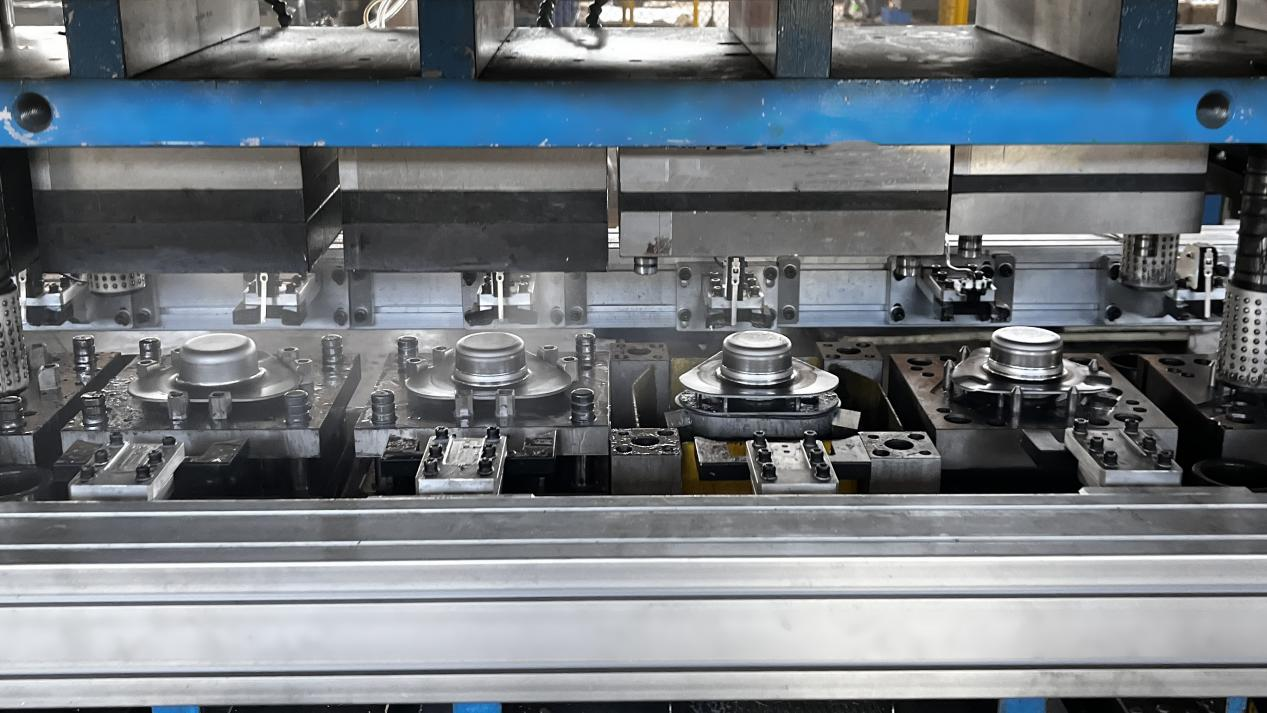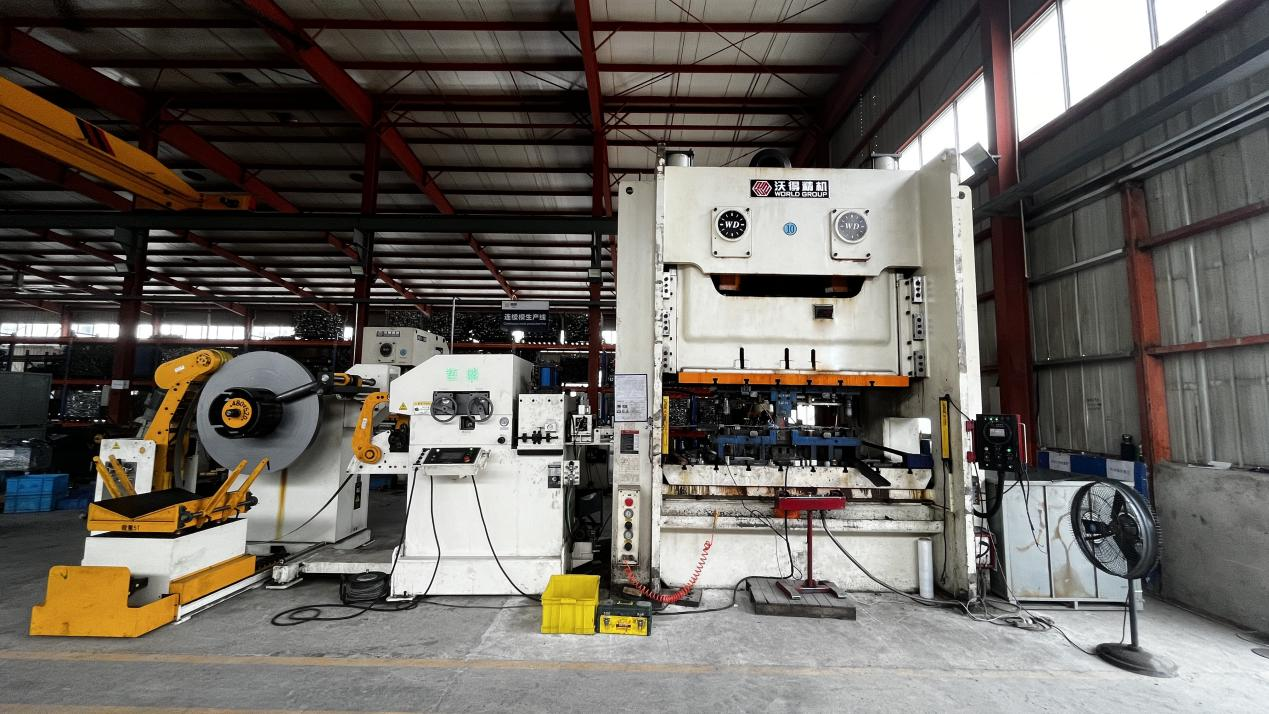The Vital Role of Automotive Metal Stamping Parts in Modern Vehicle Manufacturing
Automobiles, the crown jewel of modern industry, transport millions of people across the globe daily. As technology advances and industrial standards rise, automobiles have become increasingly sophisticated and intelligent. Yet, the intricate production process that transforms raw materials into functional vehicles remains largely unseen. Let's delve into the four core processes of automobile manufacturing, with a special focus on automotive metal stamping parts.
Stamping Process
Stamping is the initial and crucial process in automobile manufacturing. It uses stamping machinery and precision molds to shape metal sheets into desired components. The success of this process hinges on three key factors: high - quality metal sheets, precise molds, and efficient equipment.

Metal Sheet Selection for Stamping
Low - carbon steel is the primary material used in stamping. Body structural and outer panels are mostly made from steel sheets. These sheets are designed for excellent deep - drawing performance, resisting cracks during the process. Different parts of the vehicle require different types of steel sheets. For instance, fenders and roof panels are made from galvanized steel to prevent rust, while components like radiator support beams and upper side beams, which bear significant stress, are made from high - strength steel. In passenger car body structures, the thickness of commonly used steel sheets ranges from 0.6 to 3 millimeters. Outer panels usually have a thickness of 0.6 to 0.8 millimeters, inner panels range from 1.0 to 1.8 millimeters, and reinforcement panels are made from steel sheets of 2.0 to 2.5 millimeters in thickness.
The Importance of Stamping Molds
Molds are indispensable in the automotive industry. Each car model requires approximately 2,000 stamping molds, with nearly 300 of them being large - and medium - sized outer - panel molds. Molds have driven the development of the automotive industry and have become a vital means of modern industrial production and a symbol of technological progress. The technological level and innovation capability of molds directly determine the quality of industrial products and production efficiency, thereby influencing a country's overall manufacturing strength.
Stamping Equipment
Domestically produced large - scale stamping lines for manufacturing sedan outer panels have reached world - leading levels. Well - known domestic press manufacturers are dedicated to developing and producing high - performance single - machine linked presses to meet the demands of automated stamping production. These presses feature large tonnage, large stroke, and large table surfaces. They are equipped with high - tonnage air cushions, robotic automatic material handling systems, fully automatic mold - changing systems, and comprehensive touch - screen monitoring systems. This ensures high - speed and precise stamping operations. These single - machine linked devices have been widely installed in automated stamping production lines of large domestic automobile manufacturers and are gradually expanding to more automotive companies and overseas markets. They fully meet the rapid, high - precision, and efficient requirements of automobile manufacturing.

The Critical Role of Automotive Metal Stamping Parts
Automotive metal stamping parts are the foundation of automobile manufacturing. They not only constitute the body structure but also play a vital role in vehicle safety and performance. These parts must meet high standards of precision and quality to ensure proper vehicle assembly and operation.
Precision and Quality Requirements
The precision and quality of automotive metal stamping parts directly affect the overall quality of the vehicle. High - precision stamping parts ensure precise fit and alignment of various components, reducing assembly errors and improving vehicle reliability and durability. At Shaoyi, we understand the importance of precision and quality in automotive metal stamping parts. Our advanced stamping technology and strict quality control systems enable us to produce high - quality stamping parts that meet the stringent requirements of the automotive industry.
Contribution to Vehicle Safety and Performance
Automotive metal stamping parts play a crucial role in vehicle safety and performance. Parts such as body structural components, suspension systems, and engine components must have high strength and stiffness to withstand various loads and stresses during vehicle operation. At Shaoyi, we are committed to producing high - quality automotive metal stamping parts that enhance vehicle safety and performance. Our advanced production equipment and rigorous quality inspection processes ensure that every stamping part we produce meets the highest standards of quality and safety.
The Future of Automotive Metal Stamping Parts
As the automotive industry continues to evolve, so too will the role of automotive metal stamping parts. The increasing demand for lightweight and high - strength materials will drive innovation in stamping technologies and materials. Aluminium, in particular, is gaining prominence in automotive applications due to its favourable strength - to - weight ratio and corrosion - resistance properties. At Shaoyi, we are at the forefront of adopting and developing advanced aluminium stamping technologies to meet the growing needs of the automotive industry. Our expertise in automotive metal stamping parts, combined with our focus on innovation and quality, positions us as a key player in shaping the future of automotive manufacturing.
 Small batches, high standards. Our rapid prototyping service makes validation faster and easier —
Small batches, high standards. Our rapid prototyping service makes validation faster and easier — 
